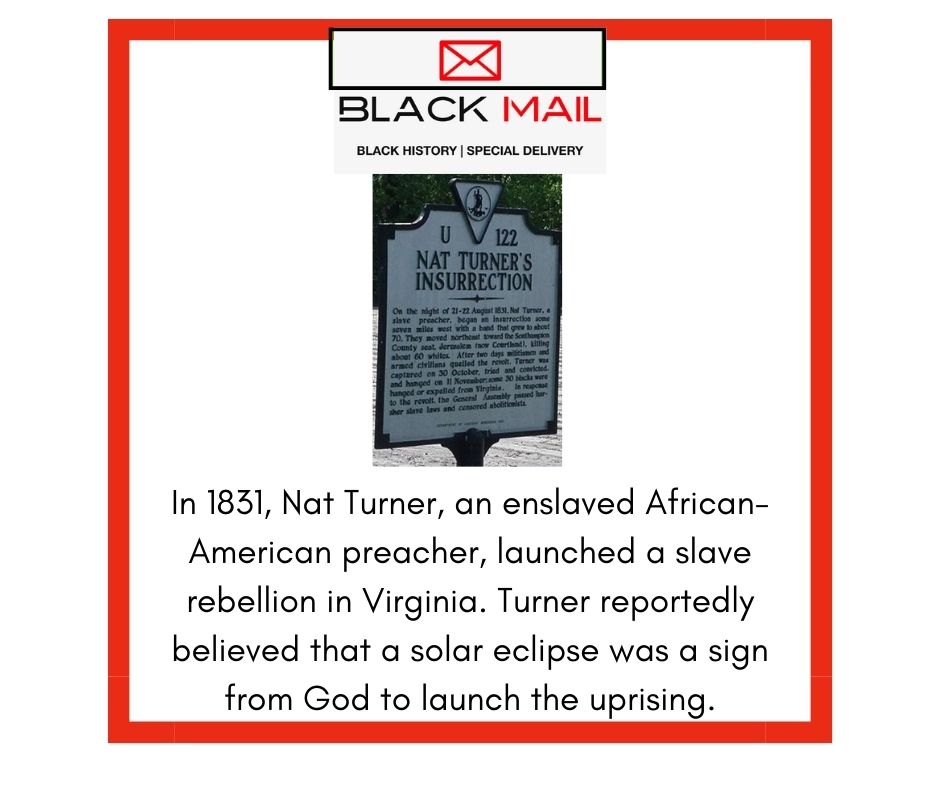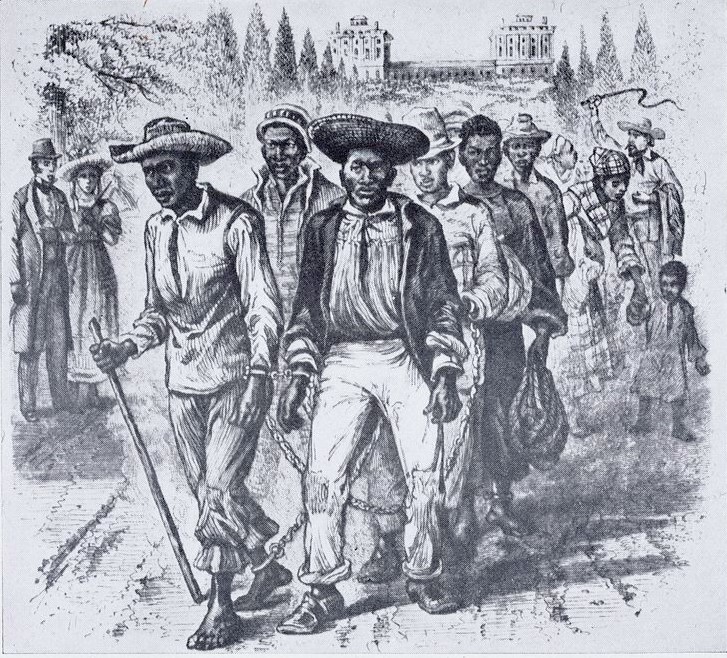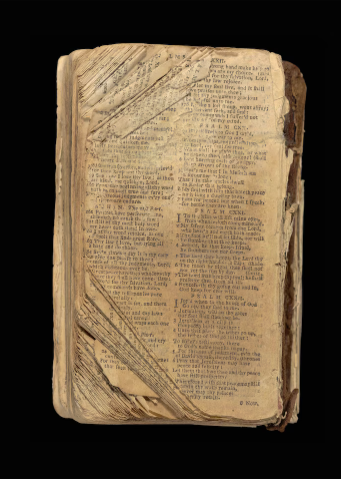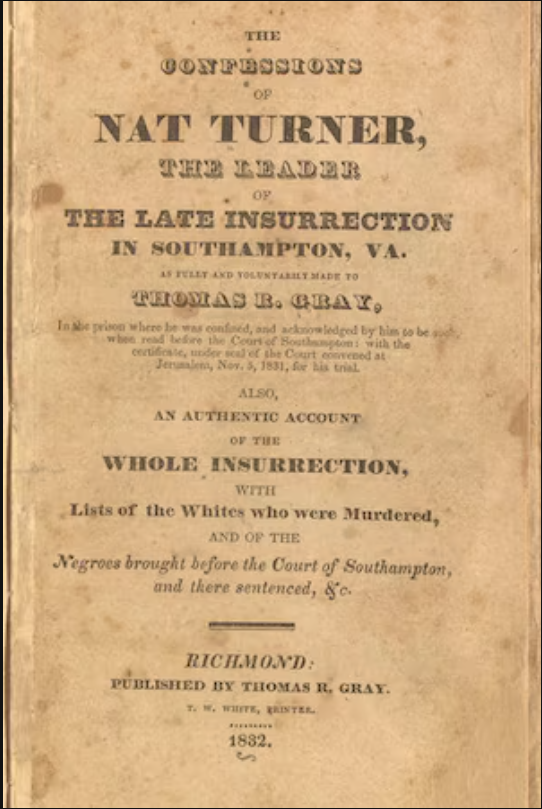Welcome to Black Mail, where we bring you Black History–Special Delivery!
On August 7, 1831, thirty-year-old Nat Turner believed that a solar eclipse was a sign for him to embark on a slave uprising. A devout Christian, Turner documented experiencing several visions over the course of his life, which he believed God had given him as directions to free the enslaved.
Nat Turner was born enslaved in Southampton County, Virginia, around October 1800. His African-born mother raised him. At birth, he reportedly had several markings on his chest, which his family believed were signs from God that he was a prophet. Highly intelligent, he learned to read and write at an early age. Turner’s religious devotion led him to become a preacher, and he passionately embraced his quest for freedom as being divinely inspired by God. He believed that God had assigned him to unite the enslaved to overthrow their enslavers.
After witnessing a solar eclipse in February 1831, Turner took it as a sign that it was time to act and planned to launch the uprising on July 4, 1831. However, those plans were delayed when he became ill. In August 1831, Turner witnessed the sun turn a bluish-green color due to an atmospheric event. He then took this as a sign that it was now time to move forward. In the early hours of August 21, 1831, Turner and his followers, armed with axes, muskets, swords, and other improvised weapons, initiated a violent attack against white enslavers in Southampton County, Virginia. Ultimately, they hoped to reach the town of Jerusalem, Virginia, a distance of about 243 miles, where Turner believed an armory could further aid their efforts. Over a period of 24 hours, they moved from plantation to plantation, killing any white residents they found including women and children while inviting any enslaved people they encountered to join them. Turner eventually amassed a group of approximately 40 enslaved people who joined with him.
The uprising inspired many free and enslaved people of African descent and invoked fear in white enslavers. Federal troops and local militias eventually suppressed the uprising. The uprising resulted in the death of 55 people. Turner escaped capture for nearly two months but was ultimately apprehended. In November 1831, He was tried, convicted, and executed along with 18 other black people who took part in the uprising. Prior to his execution, Turner dictated a confession to a lawyer, Dr. Thomas Gray. Some historians believe that Gray may have taken liberties and may not have accurately documented Turner’s confession.
Following his execution, rumors spread that Turner was decapitated, quartered, and skinned. It is also alleged that pieces of his skin were tanned and distributed as souvenirs as a warning to others who might try to follow in his footsteps. In the wake of Turner’s execution, violence continued against the enslaved to insight fear and prevent further uprisings. To learn more about Nat Turner, check out this YouTube video by National Geographic.
As we await today’s solar eclipse on April 8, 2024, take some time to reflect on Nat Turner’s legacy. Was he a religious zealot or a liberator? Given the brutal oppression of the enslaved and the Civil War that would come just 30 years later, what is your view of his actions? Leave a comment and let us know your thoughts.
Another installment of melanated mail has been delivered. Ponder, reflect, and pass it on.






2 comments
BlackMail4u
Many people took issue with the fact that he killed women and children during the raids. If all life is precious in God’s sight, it begs the question of why the rape, murder, enslavement of people of African descent was not also a heinous crime against humanity.
Though God did direct people to use violence in the scripture, many felt God would not have ordained violence in this situation.
The racist film Birth Of A Nation was “inspired” by the Nat Turner Rebellion and was used as a propaganda tool to promote that black people were violent and savage.
Patty
A religious zealot or not, I’m not sure. I believe that he was definitely created with purpose beyond understanding . I once saw a movie about his life . It’s interesting the parts producers left out. What he did took courage and power. I’m sure he pondered the possible of death if captured. Freedoms’s cry was far greater a possibility.